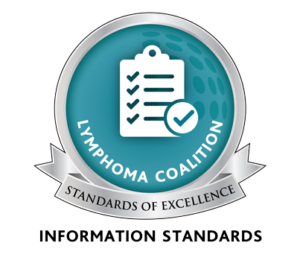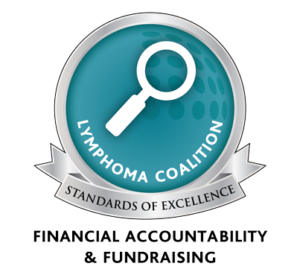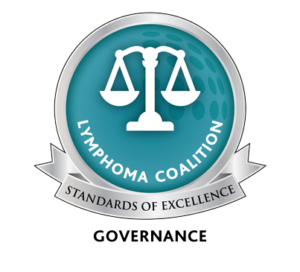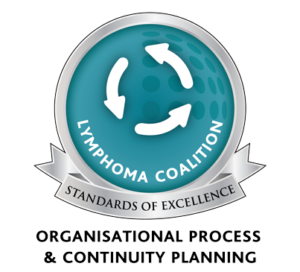Post-cancer Fatigue
Fatigue often accompanies cancer. Fatigue in cancer patients can be caused by a number of things including treatments, medications, health status, emotional factors and overexertion.
Fatigue that persists after cancer is in remission and after your doctor or medical team rules out other treatable causes of fatigue is called post-cancer fatigue (PCF). You should never assume that you have PCF; it is important to confirm that fatigue is not a result of low blood counts or other causes. Communicating honestly and often with your physician is important in making sure treatable fatigue is properly diagnosed or ruled out before seeking ways to deal with PCF.
The medical community has not pinpointed the cause(s) of PCF but believes it may be a result of physical changes in the body and/or cells in the body. As fatigue is hard to define, it’s also difficult to determine causes.
Fatigue affects the daily lives of survivors. While mentally you expect to return to normal living, your body has changed and may not be able to find the energy it expected to have. Where the mind says that lifelong living patterns such as sleep and work are well known, the body returns signals that things have changed and the energy is not there when you expect it. Many people who have experienced this fatigue describe it as now having a stored amount of energy that can’t be quickly replenished—when you use up your day’s energy, it’s gone and there aren’t any resources from which to draw more.
Some patients and physicians suggest that the best thing you can do is establish your “new normal,” a routine that you can live with and adapt to your energy level.
Fear of Recurrence
The fear of recurrence may begin during treatment and last well into remission. The unanswerable question of “Why me?” is ever present, and is clouded with the fear of the disease coming back. These fears are normal, they are controllable and they will diminish in time. Lymphoma is highly treatable in many forms and new, innovative treatments extend remissions. Once you’ve collected all the medical facts you can begin to formulate your own method of coping. Many patients find that embracing friends and family, embracing one’s beliefs and trying various imagery and relaxation techniques are helpful. In much the same way that it is important to have a caregiver system when receiving treatment, it is important to have a support system to help you during remission. Embrace those around you including your friends, family and coworkers. Also remember there are healthcare professionals to help you as well. Just as no one doubted your diagnosis, no one should doubt your feelings of cancer returning.
Not sure what to do after relapse? Review the In the News section regularly for new information on the latest advances in treatment.
What is Remission?
Remission is a period of time when the cancer responds to treatment or is considered under control because the active cancer cannot be detected in a patient. Doctors evaluate whether cancer is in remission or how it is responding to treatment based on the patient’s history, physical examination and some radiology tests which may include a CT scan, gallium scan or PET scan. There are generally seven different phrases used to describe the degree of remission or its response to treatment.
Cure: When all signs of disease have disappeared and no cancer can be detected. When there is no evidence of the cancer returning for a long period of time (generally five years or more) doctors may begin to use the word “cure” which is remission maintained over a long period of time. Many of the aggressive types of lymphoma are curable, but the indolent varieties may return even after a period of remission lasting many years.
Complete remission (CR): This means that all signs of cancer have disappeared, and no sign of cancer can be detected using current testing methods. Sometimes you will also hear this referred to as “no evidence of disease,” or NED.
Partial remission (PR): This means that all tumours have shrunk by 50% or more.
Improvement: Tumours have shrunk, but by less than 50%.
Stable disease (SD): The lymphoma is unchanged.
Progressive disease (PD): Cancer that is growing, spreading or getting worse.
Refractory: The cancer is no longer responding to the current treatment.





